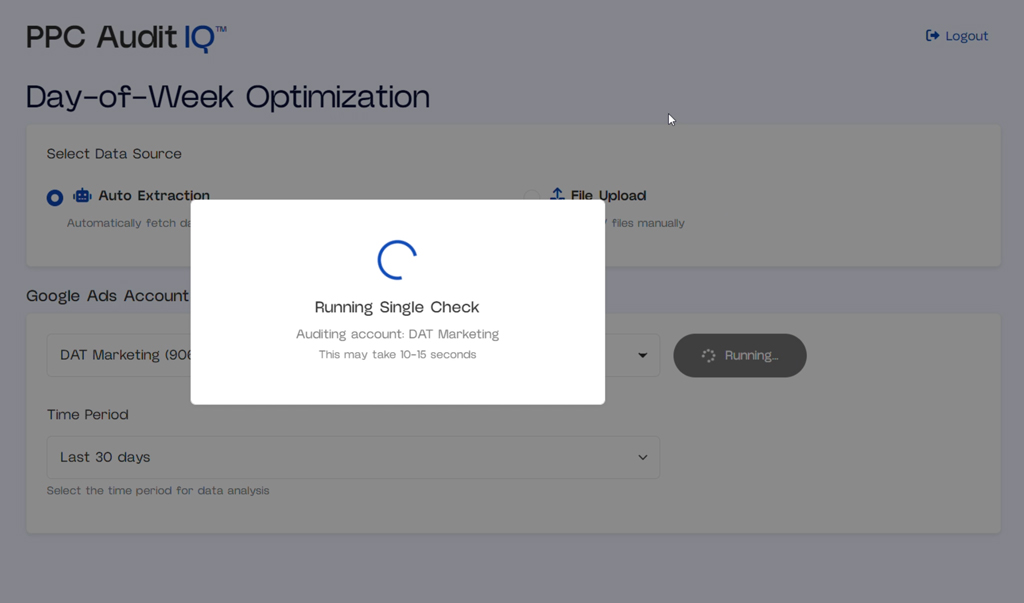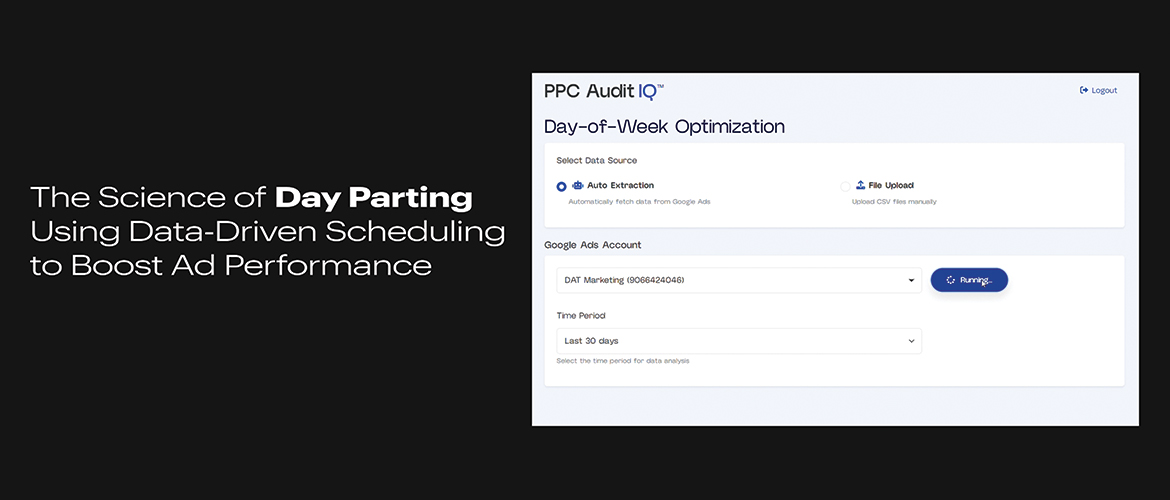For digital agencies, success isn’t just about when your ads run, it’s about why.
Dayparting, the strategy of scheduling ads around audience behavior and performance data, turns assumption into precision. By blending real-time analytics with historical performance, data-driven dayparting identifies the exact moments your audience is most responsive, lowering CPL, improving conversions, and delivering a stronger ROI.
What Is Dayparting and Why It Matters
To put it simply, dayparting is all about data determining the time when your ads are to be shown.
In such a way, campaigns are not allowed to run 24 hours a day. Instead, they are restricted to show only during the time when the engagement is at its highest level. Hence, every impression is put to good use, being not only time-savvy and relevant but also cost-efficient ones.
- Targeted engagement: Ads appear when your audience is most active and ready to convert.
- Smarter spend: Budgets are directed toward hours and days proven to perform.
When executed well, dayparting becomes less about cutting costs, and more about amplifying impact.
How Data-Driven Dayparting Boosts Efficiency
Every campaign has high and low moments. Data-driven dayparting reveals those patterns, pinpointing exactly when your ads should run and when to hold back.
- Optimized budget: Channel more spend into peak-performance hours.
- Performance-based decisions: Continuously adapt schedules based on data trends.
With the help of present-day analytic instruments, it is possible to look back at performance over 30, 60, or 90 days and figure out the steady engagement patterns. Marketers get a chance to raise their bids, stop the hours of inactivity, and accelerate the number of conversions from the same amount of money knowing precise engagement hours from this insight.
Leveraging Historical Data for Smarter Timing
Past performance is one of the strongest indicators of future success.
By analyzing historical engagement data, advertisers can build dayparting strategies that anticipate when users are most likely to act.
- Time-of-day insights: Discover which hours consistently deliver results.
- Seasonal shifts: Adjust timing to match changing user behavior or market cycles.
Data doesn’t just tell you what happened, it teaches you when it’s likely to happen again.
Understanding Audience Behavior in Dayparting
Effective dayparting also accounts for differences in device usage, geography, and habits.
- Device patterns: Mobile engagement may spike in the morning, desktop in the afternoon.
- Regional trends: Tailor schedules by time zone or local activity peaks.
The deeper the behavioral understanding, the more precisely your ad schedule aligns with real-world activity.
Key Metrics to Measure Dayparting Impact
Success in dayparting depends on tracking the right metrics, not just clicks, but meaningful outcomes.
- Conversion rate: Identify time frames that produce higher-quality leads.
- CPA and CPL: Measure cost efficiency improvements from refined timing.
- ROI: Quantify how optimized scheduling translates to overall growth.
The Role of AI and Automation in Modern Dayparting

Today, AI-driven dayparting takes scheduling beyond static rules.
Machine learning models continuously study performance signals, adjusting ad delivery in real time to match user behavior.
- Real-time optimization: AI refines bids and schedules dynamically.
- Predictive timing: Algorithms forecast the best windows for conversions before they happen.
This automated precision allows agencies to stay agile in fast-changing ad environments.
Tools That Enable Smarter Dayparting
Several ad platforms now offer advanced scheduling and automation capabilities:
- Google Ads Dayparting: Customizes bid adjustments by hour and day based on performance.
- Meta Ads Manager: Uses engagement data to determine optimal delivery windows.
- Analytics dashboards: Visualize when campaigns perform best and align spend accordingly.
These tools make data-driven dayparting an operational habit, not a one-off experiment.
Bottom Line
Dayparting is not about doing more, but rather about doing it at the most appropriate time.
Through the use of audience data, historical insights, and automation, digital agencies have an ability to turn ad timing from simple routine scheduling into a high-precision performance lever. The output of such a transformation is: stronger campaigns, leaner budgets, and a measurable increase in ROI.

Sagar T
Sagar, Vice President of Digital Analyst Team (DAT), brings over 15 years of digital media expertise, including 12 years dedicated to DAT's growth. Certified in Google Ads, Microsoft Ads, Google Analytics, and Marin, he excels in managing an annual budget of over $80 million. Sagar is renowned for his strategic acumen in digital marketing, exceptional budget management, and his ability to drive significant industry results.





